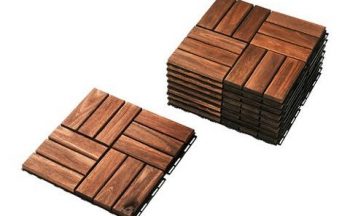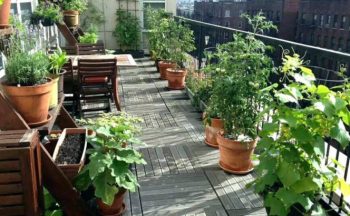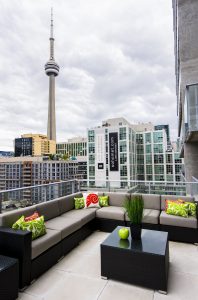 March 2021
March 2021
Balconies and rooftop terraces are popular for outdoor recreation, relaxation and socialization. Throughout Toronto one can find barbecues, outdoor furniture and even running tracks in these spaces.
Balconies and rooftop terraces deteriorate over time and become very expensive repairs in high-rise communities. “Ultraviolet (UV) light, water and chemicals (including salt) are the main culprits – UV damages caulking and waterproofing materials and water promotes rusting. Chemicals speed-up these processes. Without proper maintenance these urban areas of refuge can bring down the most robust of structures” explains Jon Juffs of McIntosh Perry which offers facility assessment and restoration services.
Water seeps between concrete, brick and other construction material. Salt reduces the freezing temperature of water allowing it to seep deeper and cause more damage. Salt adds to the damage by being corrosive enough to damage steel contained within concrete.
Balconies
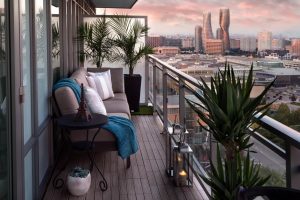 Balconies, usually exclusive use common areas, are for the use of unit residents. They are maintained by the condominium corporation and subject to rules established by the board. Balconies are susceptible to damage and infiltration by water, salt and mould which may go unnoticed because of infrequent use. Designed for average loads, they can become overloaded when used to store personal possessions or building materials.
Balconies, usually exclusive use common areas, are for the use of unit residents. They are maintained by the condominium corporation and subject to rules established by the board. Balconies are susceptible to damage and infiltration by water, salt and mould which may go unnoticed because of infrequent use. Designed for average loads, they can become overloaded when used to store personal possessions or building materials.
Water damage on a balcony may be first noticed by the neighbour a level below. Water entering a unit through the balcony, or excessive weight on a balcony, can cause the neighbour’s ceiling to sag before balcony damage is evident.
Balconies are usually constructed with a slight slope to facilitate water drainage. As buildings age some balconies may lose this slope allowing water easier entry to a building.
Carpet may be prohibited on balconies. They retain water, damage concrete and promote growth of mould. Balcony flooring tiles offer an alternative floor covering that sits above concrete, is easily installed and does not damage the concrete surface. Other balcony finishings may reduce the guard height or otherwise promote climbing in contravention of the Ontario Building Code requirements.
Rooftop Terraces
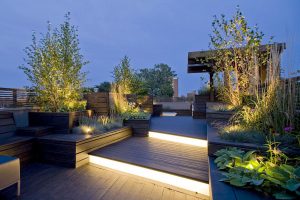 A popular way to extend common areas where space is limited, rooftop terraces can include barbecues, furniture, planters, paved areas, bushes and trees. In winter snow and ice can add to the weight a roof is expected to support.
A popular way to extend common areas where space is limited, rooftop terraces can include barbecues, furniture, planters, paved areas, bushes and trees. In winter snow and ice can add to the weight a roof is expected to support.
Canadian buildings are usually designed for minimal winter snow and ice loads. Adding a terrace space adds to the weight a roof is expected to support. Exceeding the weight capacity of a roof is dangerous when additions are not properly planned.
Any rooftop used as a terrace risks damage to the roof membrane by foot traffic, furniture, food spills and anything to which the roof is exposed. Avoiding damage, and preventing water infiltration, requires suitable flooring be constructed and terrace access limited to where this construction is installed. Avoid ice melt and cleaning products that can damage the rooftop membrane.
Spring is the best time to check outdoor spaces for damage. Having a building envelope consultant conduct an annual inspection of balconies, rooftops and other external areas at this time allows for repairs before summer activities commence.
Balconies and rooftop terraces offer residents outdoor space during good weather. They offer a way for neighbours to socially connect while being physically distant. Maintaining these spaces ensures they remain useful.




